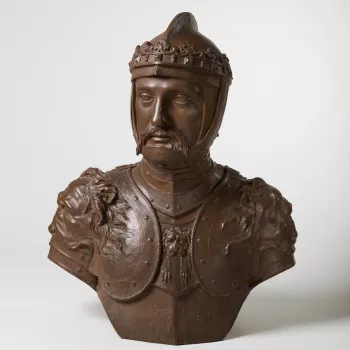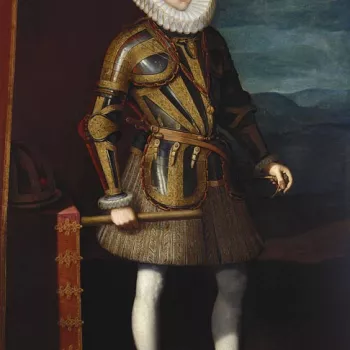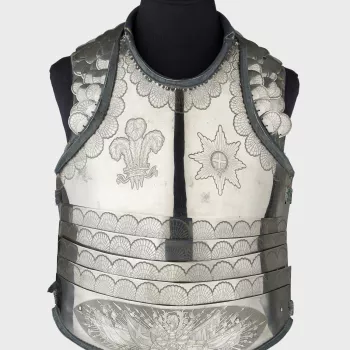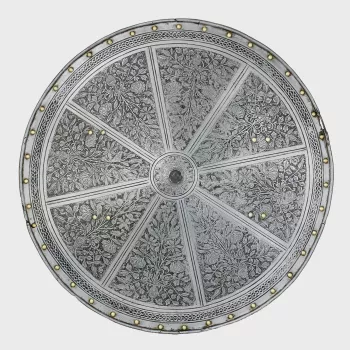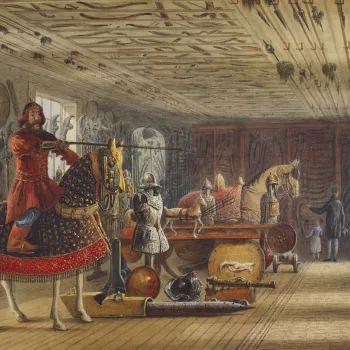European Armour in the Royal Collection
An introduction to European armour in the Royal Collection
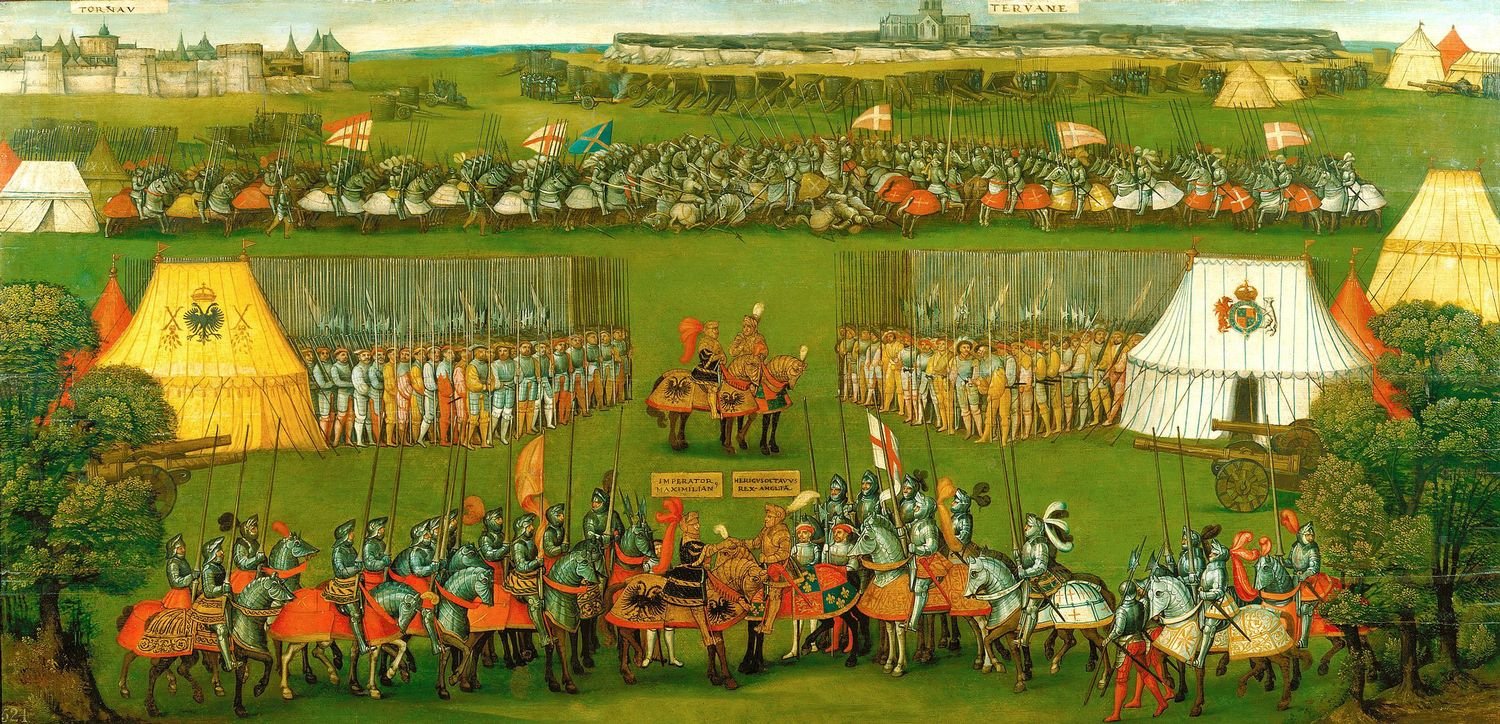
The Royal Collection of European armour ranks among the most important of its kind in Great Britain today. It includes both complete and composite armours, as well as individual pieces.
Most of the European armour in the Collection was originally intended for defence in combat, either on the battlefield or in tournaments. Tournaments were not only a practice-ground for war, but also an opportunity for rulers and noblemen to stage lavish spectacles, asserting their wealth and dignity. Armour for these events was often highly decorated and made by the leading craftsmen of the time. As a result, it offers excellent evidence of contemporary tastes in fashion, as well as of developments in metalworking and design.
Bespoke armours were an expensive investment, and from the sixteenth century increasingly featured in paintings and miniatures as an important statement of wealth. They also pointed to the status and military strength of the owner. For these reasons, armour continued to be incorporated in paintings and sculpture long after it had fallen out of practical use. The depiction of armour in paintings, and in particular the reflective qualities of curved metal surfaces, has also given artists over the centuries a means of showing their technical abilities. As a result, some of the most well-known portraits in the Collection depict British monarchs and their contemporaries in armour and its accessories.
The display of arms and armour has also been a central element of the decoration of royal residences like Windsor Castle, St James's Palace and Hampton Court Palace.




